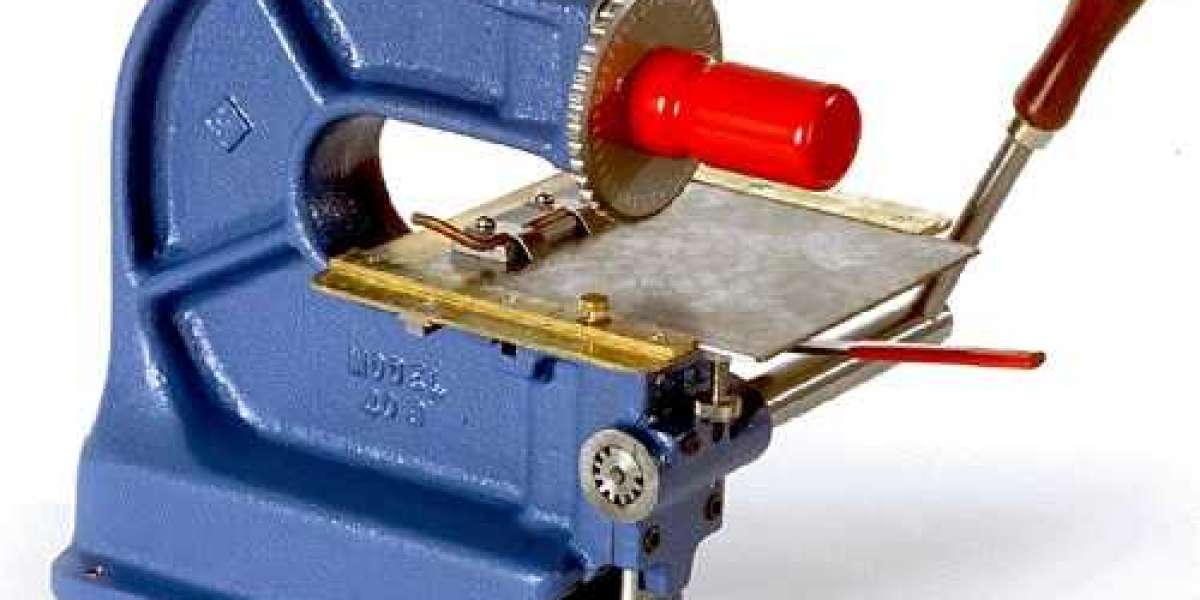Metal stamping machines stand as technological titans in the manufacturing realm, driving the transformation of raw metal sheets into precise components that form the backbone of countless industries. In this exploration, we will delve into the world of metal stamping machine, uncovering their functionality, applications, and the unparalleled precision they bring to the manufacturing process.
The Symphony of Metal Stamping Machines
At the heart of metal stamping lies a symphony of mechanical prowess and engineering finesse. Metal stamping machines are designed to exert controlled force on metal sheets, shaping them with precision to meet exact specifications. These machines are a testament to the marriage of mechanics and technology, performing intricate tasks that are essential to the creation of a myriad of products.
Types of Metal Stamping Machines
Metal stamping machines come in various types, each tailored to specific manufacturing needs. The primary types include:
- Mechanical Stamping Machines: Utilizing a mechanical flywheel, these machines convert stored energy into force, making them ideal for high-speed operations.
- Hydraulic Stamping Machines: Harnessing the power of hydraulic cylinders, these machines offer precise control, making them suitable for intricate designs and varying material thicknesses.
- Pneumatic Stamping Machines: Operating with compressed air, pneumatic machines are known for quick cycle times, making them advantageous for lighter materials and simpler operations.
Applications Across Industries
Metal stamping machines are the unsung heroes behind the scenes, contributing to the production of components that we encounter daily. Their versatility extends across various industries, including:
Automotive Manufacturing
Metal stamping machines play a pivotal role in producing automotive components, from body panels and chassis parts to intricate engine components. The precision and speed of these machines are crucial for meeting the demands of the automotive sector.
Electronics and Appliances
In the electronics industry, metal stamping machines shape components like connectors, brackets, and enclosures. Similarly, in the manufacturing of household appliances, these machines contribute to forming parts with precision and consistency.
Aerospace Sector
The aerospace industry relies on metal stamping for the production of aircraft components such as structural elements and specialized brackets. The ability to meet strict standards of precision and durability makes metal stamping indispensable in this sector.
Challenges and Innovations
While metal stamping machines offer unparalleled precision, they are not without challenges. Manufacturers grapple with issues such as tool wear, material waste, and the need for frequent maintenance. However, continuous innovations are addressing these challenges head-on.
Automation Integration
The integration of automation technologies, such as robotic systems and computer numerical control (CNC), is streamlining metal stamping processes. Automated material handling and intelligent tool change systems enhance efficiency and reduce the margin for error.
Real-time Monitoring and Control
Real-time monitoring systems equipped with sensors and data analytics allow manufacturers to closely track the performance of metal stamping machines. Predictive maintenance algorithms ensure proactive measures, reducing downtime and optimizing productivity.
Advanced Materials and Tooling Technologies
Innovations in materials and tooling technology are extending the lifespan of dies and punches. High-strength materials and cutting-edge coatings contribute to prolonged tool life, enhancing overall machine efficiency.
Conclusion: Precision Redefined
Metal stamping machines are the unsung architects of precision in modern manufacturing. As technology continues to advance, these machines are evolving to meet the growing demands of industries requiring accuracy, speed, and reliability. The future promises a manufacturing landscape where metal stamping machines are not just tools but precision partners, shaping the products that define our technological world with unparalleled accuracy.








